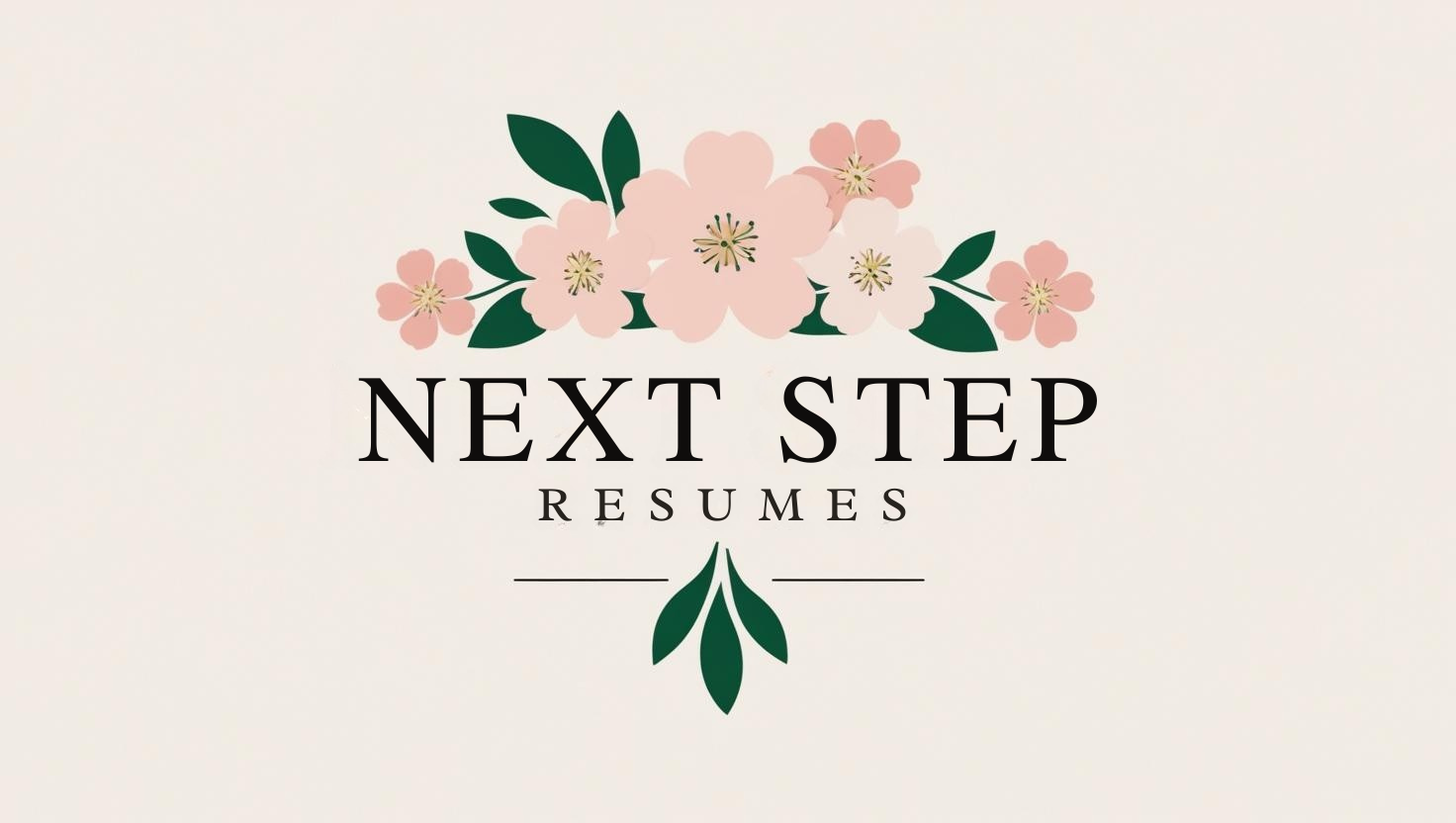5 Resume Red Flags That Make Recruiters Cringe
1. Typos and Grammar Mistakes
A resume with spelling errors or clunky grammar says one thing loud and clear: you didn’t double-check. It doesn’t matter how qualified you are—sloppy writing signals sloppy work.
Fix it: Run spellcheck, use tools like Grammarly, and have a human proofread it before you hit send.
2. Colorful Resumes with Crazy Fonts
Unless you’re applying for a job in design, ditch the neon colors, swirly fonts, and headshots. They distract from your experience and can look unprofessional (or worse—unreadable in applicant tracking systems).
Fix it: Stick to clean, modern formatting. Black text, readable fonts like Calibri or Arial, and no photos. Let your accomplishments stand out—not your clipart.
3. Huge Blocks of Text
Nothing turns off a recruiter like a resume that reads like a novel. Dense paragraphs make it hard to spot what matters and guarantee your key experience gets lost.
Fix it: Use bullet points. Break things up. White space is your friend. Your resume should be scannable at a glance.
4. Sloppy, Inconsistent Formatting
Different fonts, misaligned margins, and random bolding? It looks careless and makes your resume harder to follow.
Fix it: Keep formatting consistent throughout. Align everything neatly. Use the same font and spacing from start to finish. A clean resume shows attention to detail—something every employer wants.
5. A Mile-Long List of Irrelevant Skills
Copying and pasting every skill from Indeed's suggestions won’t help—especially when half of them don’t apply to the role. Laundry lists are overwhelming and make it harder to see what you actually do well.
Fix it: Tailor your skills section to each job. Focus on what’s relevant to the role you're applying for—especially hard skills and tech/tools you’ve actually used.
The Bottom Line
Your resume is your first impression, and first impressions matter. Clean, targeted, and typo-free always wins. If yours needs a makeover, Next Step Resumes is here to help.
